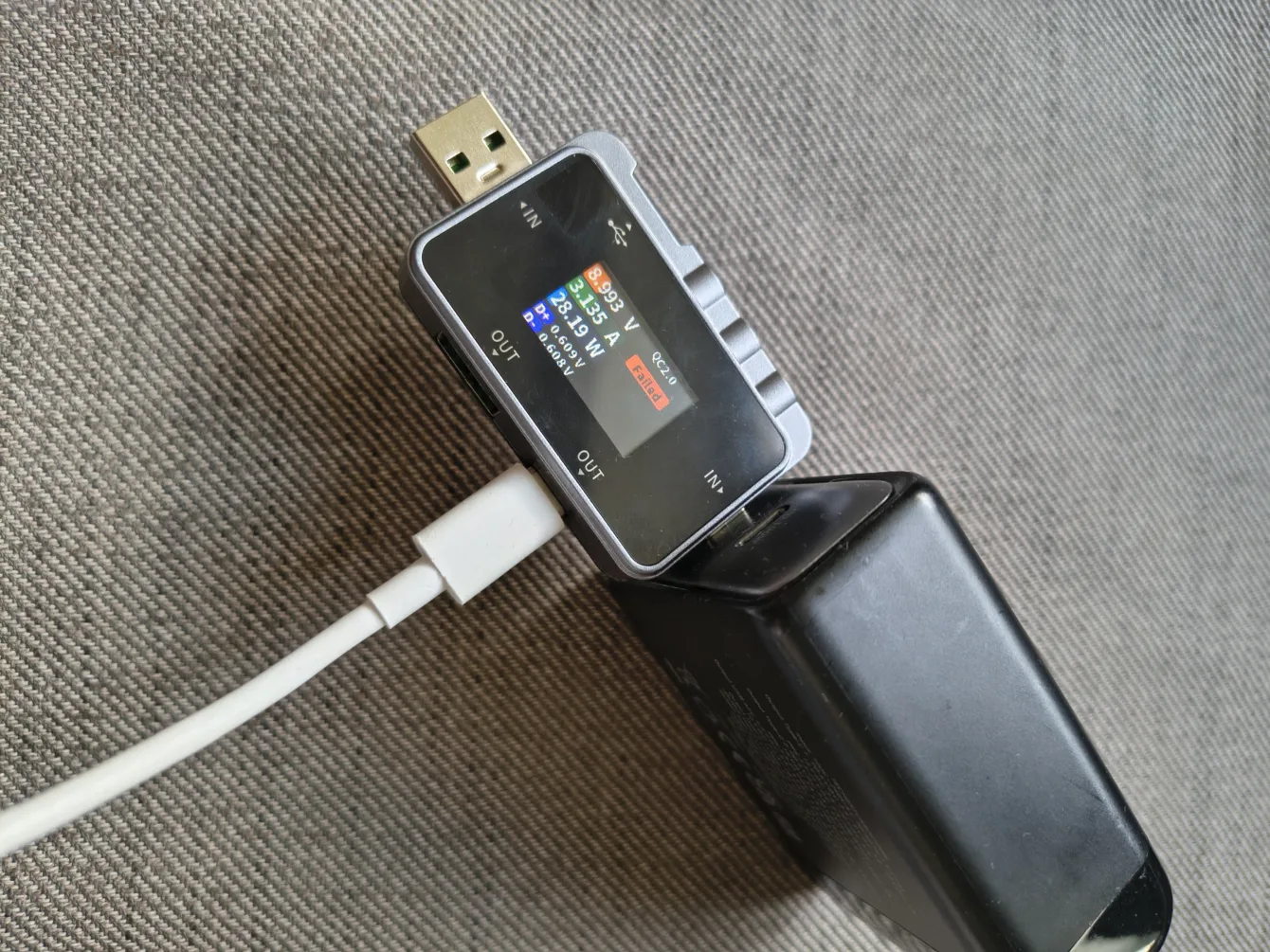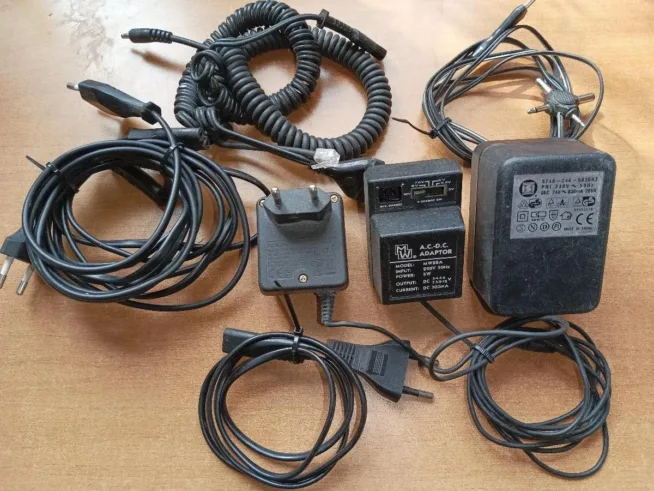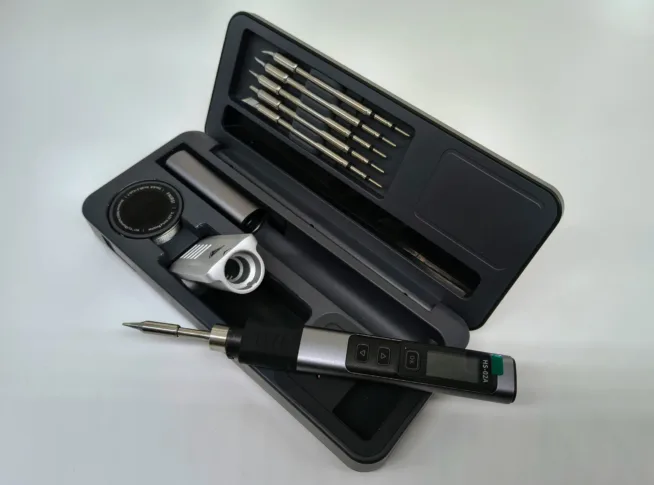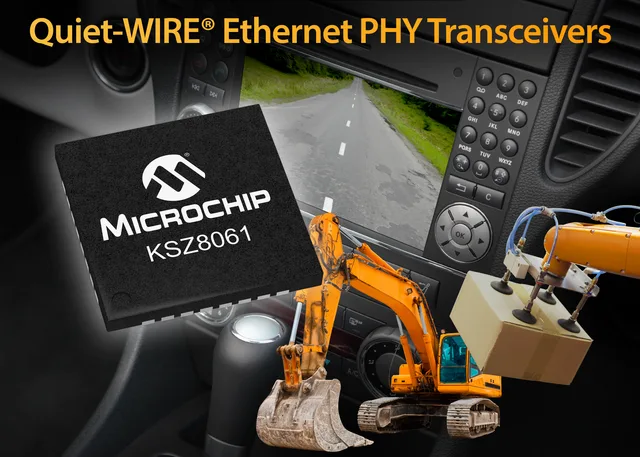
The FNIRSI FNAC-28 USB tester is a handy and affordable tool for users interested in what happens while charging their devices. This device can measure not only voltage and current but also power during charging.
Unfortunately, it lacks support for one (probably the most commonly used) fast charging protocol.
Supported Fast Charging Protocols – A Wide Range, but with an Important Gap
The FNAC-28 can detect several currently popular fast charging standards: Qualcomm Quick Charge 2.0 and 3.0 with their variable voltages from 3.4 to 20 V, Huawei protocols FCP and SCP, Samsung Adaptive Fast Charging (AFC), or the original fast charging technologies from OPPO and OnePlus such as VOOC, WARP, and their faster version SVOOC. This allows you to easily test the compatibility and quality of charging for a large portion of phones and chargers on the market.
However, what is fundamentally missing is support for USB Power Delivery (USB PD), which is currently the most widespread fast charging standard with USB-C interface. The FNAC-28 cannot detect or trigger USB PD, meaning it cannot initiate and monitor communication between the device and the charger. If you primarily work with USB PD, you will need to acquire another tester that offers this functionality.
Are you experiencing low power from your charger? The problem could also be with your cable – check out this USB cable tester.
What is Triggering?
If you want to activate voltage triggering from the USB port, you need to power the tester from a USB-A port marked with the “data” symbol. Then the USB tester will turn on, and you can use the voltage triggering function. The USB tester can detect which protocols from the charger are supported, and then you can select the available protocol in the menu and set the desired voltage.
Warning! This voltage will then be present at the output of the USB tester, and if you have a device connected that is not rated for this voltage, it could be damaged!
What Else Do I Dislike?
Upon powering on, the tester displays the FNIRSI brand logo for several seconds, during which the actual negotiation of voltage between the charger and the device cannot be monitored. For frequent and detailed observation of this process, it would be ideal if the testing display started immediately without unnecessary delays.
The FNIRSI FNAC-28 is definitely a practical device, but the lack of support for the USB PD protocol makes it (at least for me) unusable in the vast majority of cases.
In Conclusion
Higher versions of the USB Tester support USB PD – FNB48P and FNB58. Both have a higher measuring range, and in addition to the classic fast charging protocols, they also support USB PD and can read the E-Marker chip inside high-power cables (100W and above).






